In an interview with Rajesh Rajgor, Vikas Marwah, CEO, Lumax Auto Technologies Ltd. (LATL) talks about adding value to Indian OEMs by bringing the right products at the right price and from the right location as well as about his company’s several JVs, market segmentation and medium to long-term plans
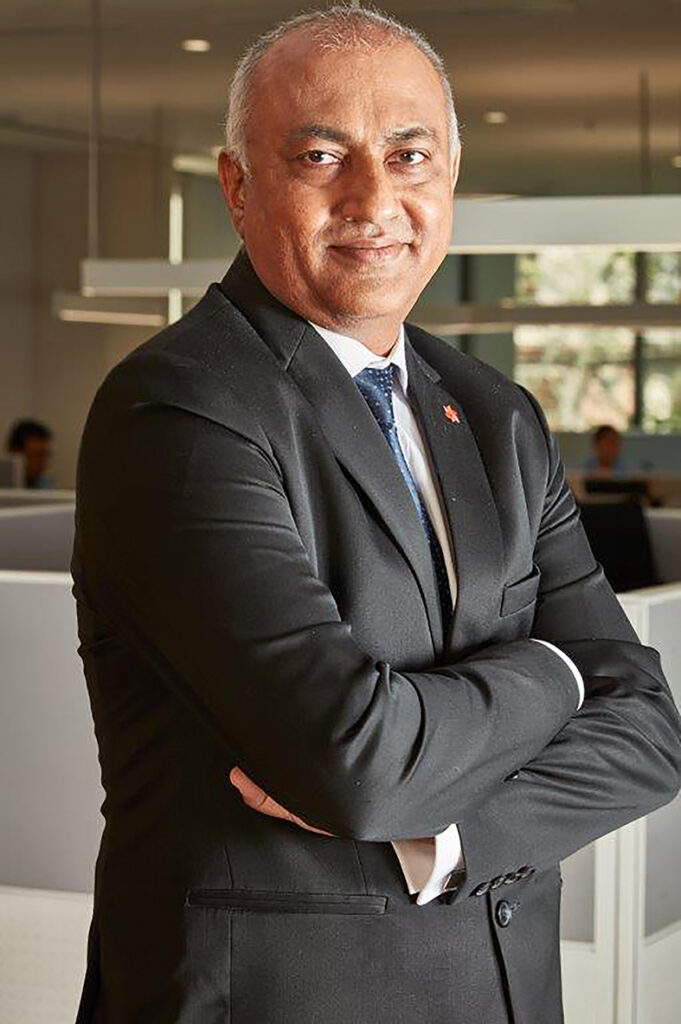
How has been the last one year for Lumax Auto Technologies Limited (LATL) with respect to new product development, response and acceptance in market, especially at a time when we saw lockdowns and the transition from BS-IV to BS-VI?
As you rightly observed, we were on a major threshold of transformation from BS-IV to BS-VI when the lockdown happened in the mid of March 2020. However, by then, most of the OEMs and suppliers were ready. The milestones with respect to SOPs shifted a little bit. More or less April and May were complete washout, as nothing much was getting produced. With respect to migration of BS-VI to BS-VI, we were getting our products ready like adaptations of our plastic division at LATL to the new BS-VI modifications and design in sync with new vehicles weight, geometry, aesthetic and engineering point of view.
As far as the air intake systems were concerned, yes there were substantial changes that went on the exhaust and emission side as per OEMs need. We do deal with 5-6 domestic OEMs and 4 major global OEMs at LATL. We had also commissioned a manufacturing plant to locally produce oxygen sensors for the first time in India, as these products have now become mandatory in the BS-VI phase.
Only the roll-out of O2 sensor was impacted a bit due to the pandemic as the localized vehicle readiness in support with our overseas JV partner was pushed back a bit to the Oct-Dec period in 2020. I am happy to share that the facility in Gurgaon that these oxygen sensors come from is now ready and is an integrated one for the manufacture of heated as well as unheated oxygen sensors in partnership with FAE of Spain. The JV company is called Lumax FAE Technologies Private Limited. We can supply localized oxygen sensors for BS-VI regime and beyond that for the OBD2 norms to the vehicle manufacturers. The oxygen sensor business will continue to be a key focus area for the next 5 years at least for the two-wheeler segment. This high technology product demands concentrated focus on one particular segment and hence our focus is on two-wheeler segment with our JV.
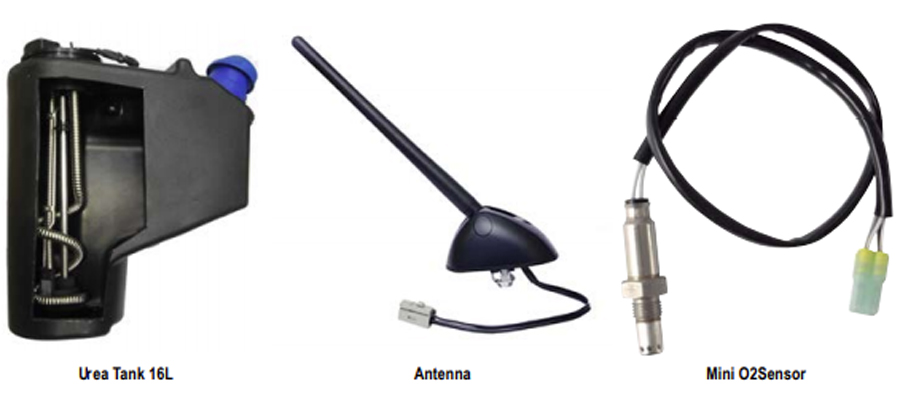
In April to June, while there was definite shutdown and the capacities were lying unutilized, we saw the wheels gradually turning from July and by the time it was August, we were back to 75 percent capacity utilization. By October, we saw almost close to all-time high, 90 percent capacity utilization for all our LATL businesses. In terms of our hope for a V-shaped recovery, it was met during the months of Oct-Nov. We expect Jan-March (Q4) this year to be slightly better than it was last year. At this stage, because of our readiness and market conditions being favorable, we have made up for the lost ground substantially and things do not look as bleak as they were in June-July.
While your major focus is on two-wheelers and passenger vehicles, you also work with commercial vehicle OEMs. How would you want to focus and take LATL forward, with respect to clients and market segmentation in the CV and off-highway segments?
In its DNA, LATL is well-diversified in two-wheelers and passenger cars. Over the last few years, we have also ramped focus on CVs as well as off-highway vehicles. If you see the current product portfolio, one of the major business of LATL is Lumax Mannoh Allied Technolgies, which is a completely mature business focusing on four wheelers, CVs and Off-highway vehicles. We design and manufacture complete gear shift lever systems for manual, automatic, AMT and CVT transmissions in India.
With complete local designing and testing capability in India, the company is well equipped to design advanced technologies in India to maintain cost competitiveness and give optimum benefit to its customers. As a strategy, we have also signed a JV with JOPP, Germany known as Lumax JOPP Allied Technologies. The JV engages in design, development and production of Gear Shift Towers, Automated Manual Transmission (AMT) Kits, All Gear Sensor (AGS). This JV etched in 2018, helped us further enhance our focus on becoming a system supplier to OEMs beyond two-wheelers.
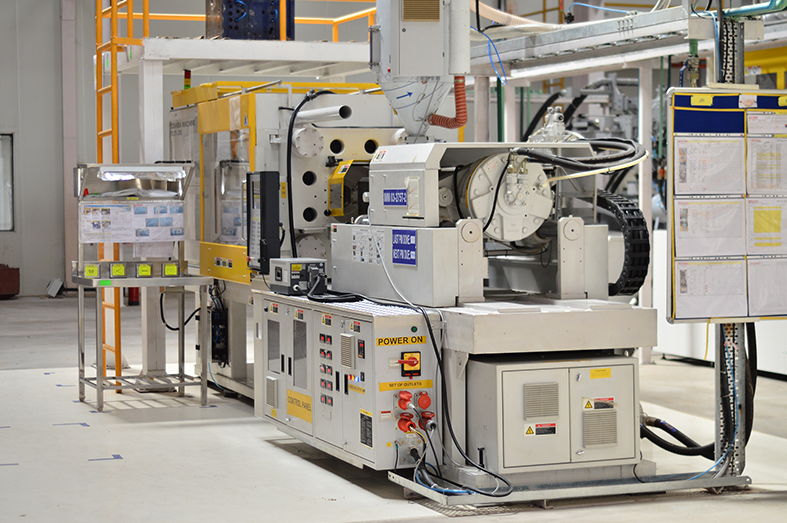
When you come to the plastic division, our focus thus far has been on two-wheelers (more than 90 percent). However, here too we have a technical agreement to develop kinematic plastic parts for four wheelers and I am happy to confirm a decent order book generated this year for the roll-out of four-wheeler kinematic parts both from Manesar as well as Bangalore. These are our two plastic and molds plants within LATL besides the integrated plastic module we supply along with lighting from LATL’s Pantnagar plant which is our polymer division. So, the four-wheeler plastics focus is being realized for future.
There are also new JVs like Lumax Ituran, for telematics services for connected vehicles across all segments. Another JV, that we signed at Auto Expo, before the pandemic, was for vehicle communication antenna systems. While it may look like a humble product to everyone, you will be surprised that none of it is manufactured in India currently, including the micro antenna, rod antenna and the shark fin antenna. Our future focus is on connected vehicles including 5G technology products where this JV will play a very important role. We have already signed up business for these products with two global OEMs in India and we intend to go for SOP by FY’22-23 for this particular business.
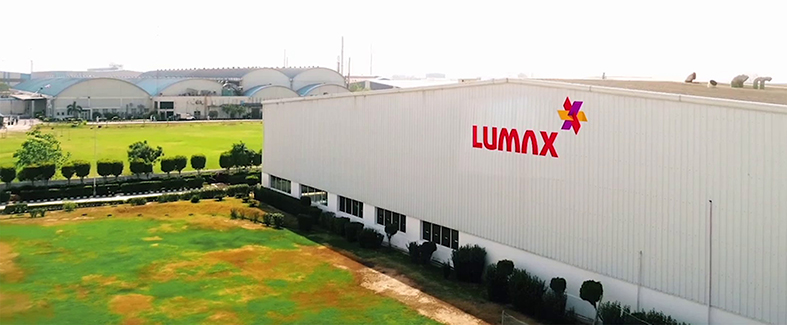
Not to forget the metallic division, that is right now bracketed into supplying chassis for two-wheelers and the seat frame business, that we support for seating structures. Five years from now, there will be larger play-offs of four-wheelers in certain segment for sure without downsizing our presence in two-wheelers space. As a system supplier, LATL today has business relationships with all the OEMs.
Could you please list down the USPs of these partnerships and the value addition they provide to your customers?
Our playing field and vision for each division is very well defined. We are not averse to looking at niche market leadership for a technology product in the space we operate. For instance, the gear shifter division, currently, holds a 55 percent market share in the PV space. This would not have been possible without our technology partnership Mannoh. We started localizing the gear shift for the Indian market many years ago. Today our R&D centre in Manesar, which has an active technology support, includes resident Japanese engineers from Mannoh stationed there. It is one of the finest R&D centres for gear shift technology in the country. We have several patents under our name and some are in the process of final stages. We have successfully churned out the AMT gear shifters and AT for PVs. Today, in AT gear shift models, 90 percent of OEMs use Lumax Mannoh product. We are currently on the brink of launching the dual clutch transmission, the DCT gear shifter, which will be the first-ever by a company in India for mass roll-out.
As for our legacy business of metallic and plastic, the bulk of these business have been focusing on built-to print design coming from OEMs, restricting the value-addition. That said, we also have a technical license agreement with IO Industry Co Ltd. of Japan, which is a 13 billion JPY company for supplying kinematic plastic parts to a major 4-wheeler OEM in India, for light weighting and use of alternate materials. We are happy to share that a very focused metallic division from Aurangabad has started supplying two-wheeler chassis beyond Aurangabad from Pune for superbike models of a major OEM.
In the emission business, Lumax Cornaglia Auto Technologies Private Limited, got it first time right with a successful SOP of urea tanks, a critical BS-VI product. It is one of our most satisfying and heartening roll-outs during the pandemic. The urea tank roll-out for one of major CV manufacturers at Pune and Pantnagar was pretty successful and we hope to extend it to other customers in the CV and PV segment not only for urea tanks but also plastic fuel tanks. Our tie-ups and investment in R&D are keeping in mind the need for localization, as the OEMs are clear that going ahead, they will not be able to compensate for imported part content. LATL thus operates with 15 plants across India, a GOI-certified R&D facility at Manesar and R&D and testing centre at Pune.
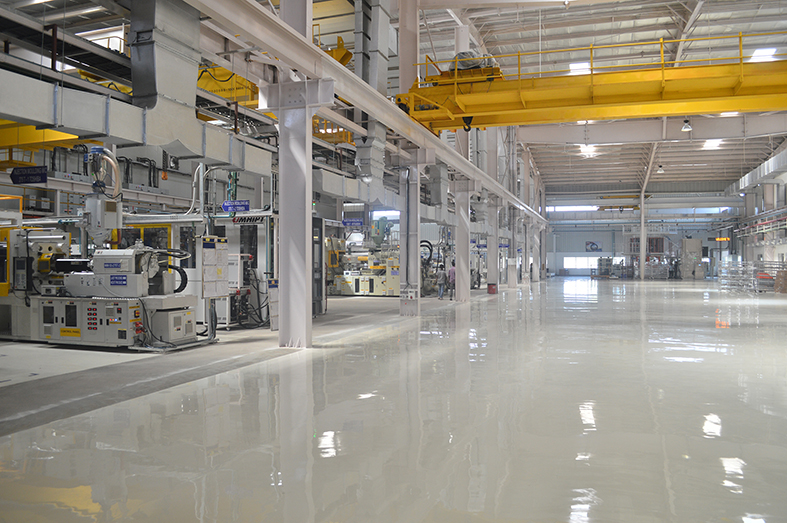
Today, our major business edge is the growing electronic content in many of the products like intake systems, gear shifters, transmission products, seat structures & mechanisms, telematics products & services, oxygen sensors and on-board antenna. Within our group, the Lumax electronic division will reach such maturity, where it will not only be supporting Lumax Industries but all the existing and forthcoming JVs of LATL, for the critical component PCB SMT. Manufacturing of PCB inhouse is the major backward integration that Lumax as a group has today. It assures us of the resilience, sustenance and robustness of this particular critical component. It will help us perceive the objective of getting the right products to the Indian market at the best possible pricing from the right location. Even the new JVs like Lumax Ituran are aggressively working on rolling out the local AIS 140 solutions as per government’s mandated rules and regulations.
What is LATL’s outlook for 2021 and any learning that you would want to take forward in other segments like CVs and off-highway vehicles from your experience with two-wheelers and PVs?
We are of course not looking at growth in FY21. We, however, are looking at figures for LATL, which shall be better than industry figures, even for FY21. For FY22, if the vehicle projection and OEMs indication hold good, we are looking at a robust double-digit growth. The new JVs are set for ramp up and SOPs are well planned. So, those vehicle launches will happen and will add incremental sales to the current portfolio, including of those products that have been in development for quite some time. In FY22, we will see larger growth coming from the commercial vehicle space driven by products like urea tanks. Our plastic business too, will have a footprint in the four-wheeler space. The new JVs will allow us entry into new segments and there are at least two new OEM entries that are planned as we speak. If FY21 was about holding up your house together, FY22 will be more of consolidation, while still focusing on growth. For us, the two-wheeler and four-wheeler segments will be 5-10 per cent apart from each other in terms of share of business representation three years down the line. The aim for LATL is to support the OEMs in making the Indian market resilient and strong enough to support its ecosystem internally, from India-based manufacturers and world-class technologies, thereby reducing import dependency.